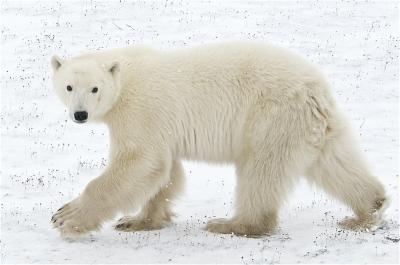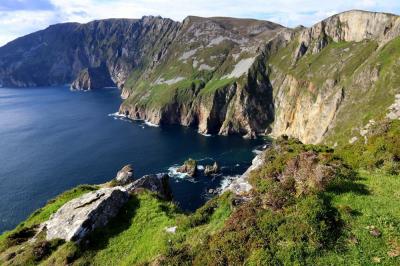6 Results in category Nature
Nature Tourism means “experiencing the natural places, typically through outdoor activities that are sustainable in terms of their impact on the environment.” It helps to explore natural areas, which conserves the environment and improves the welfare of local people. We aim to contribute to nature conservation by providing the travellers with the chance to experience wild spaces and learn about wildlife in natural habitats.
Natural attractions are geographical or biological features that have a specific appeal to the tourism market. Globally, there are countless varieties of natural attractions – no two natural attractions are the same because they have been shaped by the unique natural forces of the surrounding environment.
Travellers visit natural attractions for many reasons, which include:
- Enjoying the grandeur of nature.
- Escaping from the pressures of urban life.
- Escaping from humanity.
- Exploring different landscapes.
- Experiencing outdoor adventures in a natural setting.
- Learning about the environment.
With coves of golden sand and bright blue water hidden among pine-covered hills and vineyards, Arrábida Natural Park (Parque Natural da Arrábida) in Portugal is a hidden gem for nature lovers.
Greenland’s rugged coastline is marked by sheer rock faces, icy fjords, and a rich variety of animal life.
Much of Iceland is made up of far-flung locations and craggy scenery, but Hornstrandir Nature Reserve is all of that and more.
The world’s largest land carnivore, these majestic nomads are The Arctic’s ‘poster boy’ and so often the catalyst for many travellers to head north.
You can take a cruise around the Arctic archipelago of Svalbard, high above the Arctic Circle, north of and belonging to Norway when the bears are concentrated onto the land by the melting of the sea ice in the summer months.
The best part about Slieve League Cliffs is that crowds of travelers seldom flock to this natural beauty.






